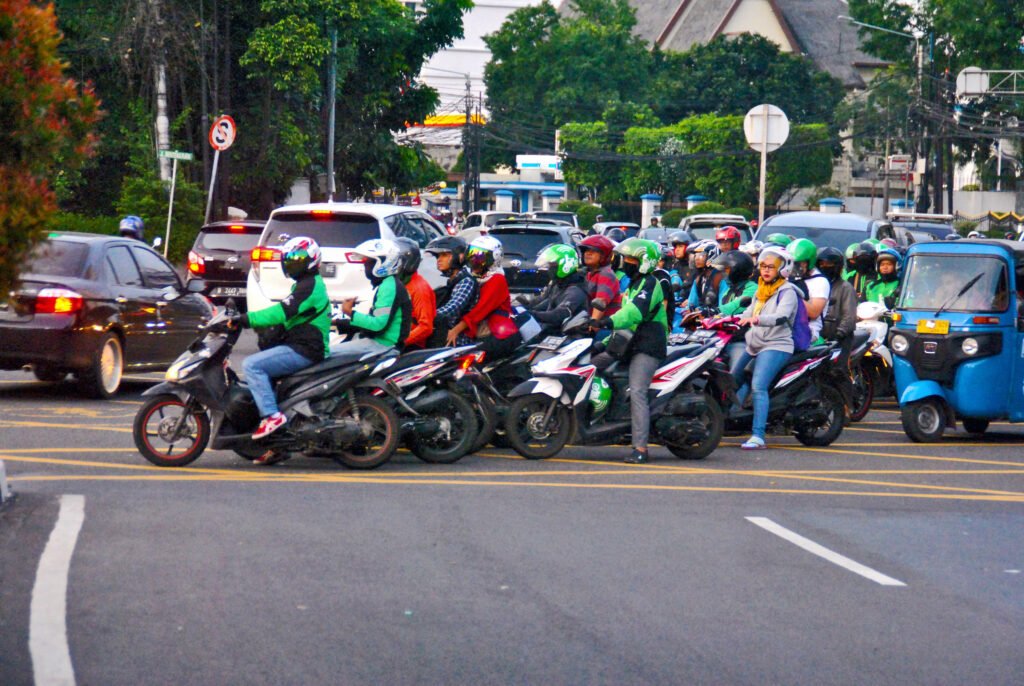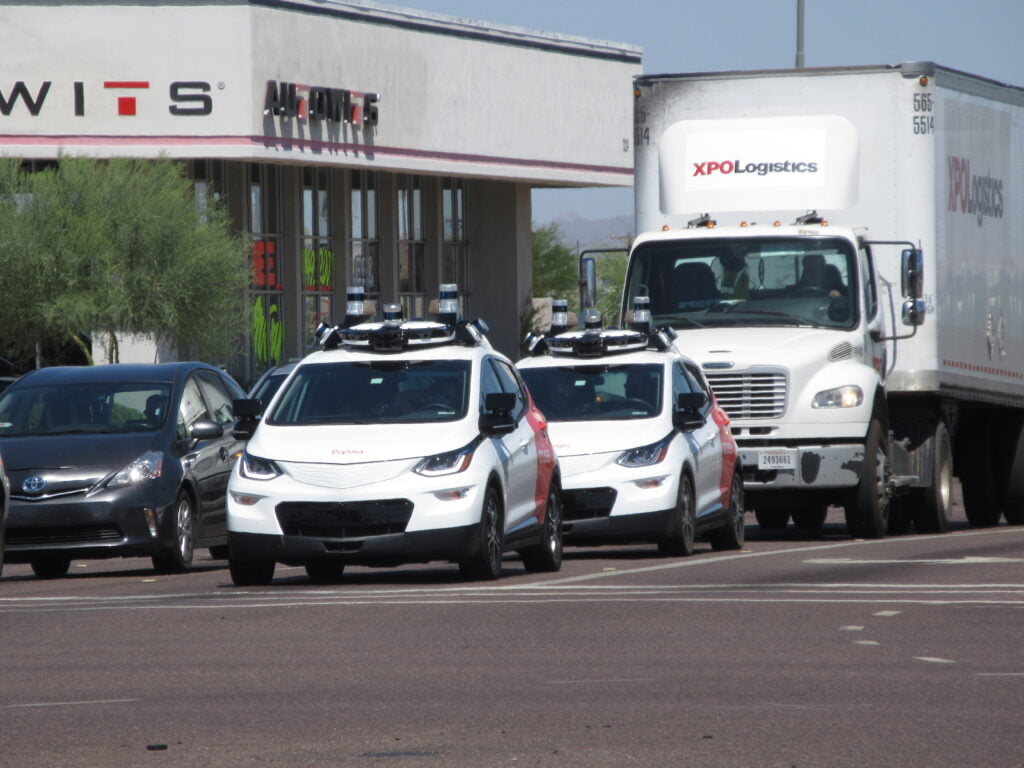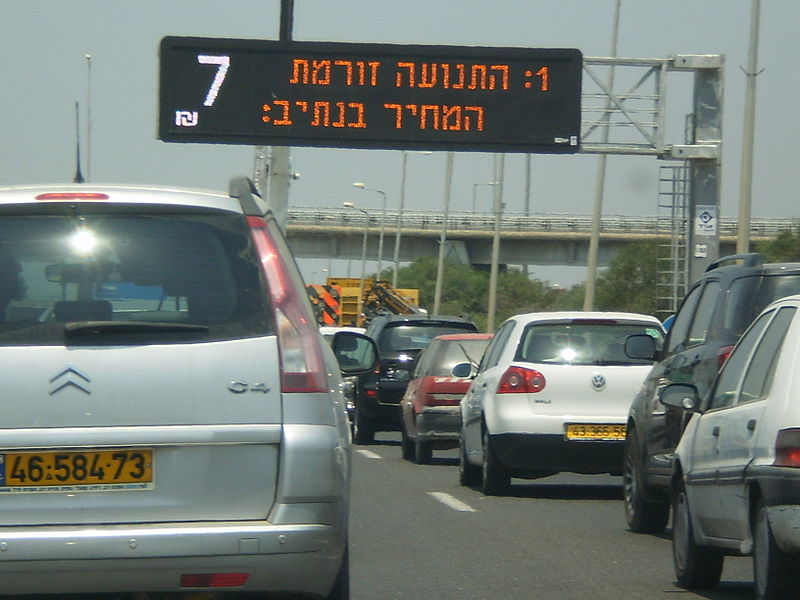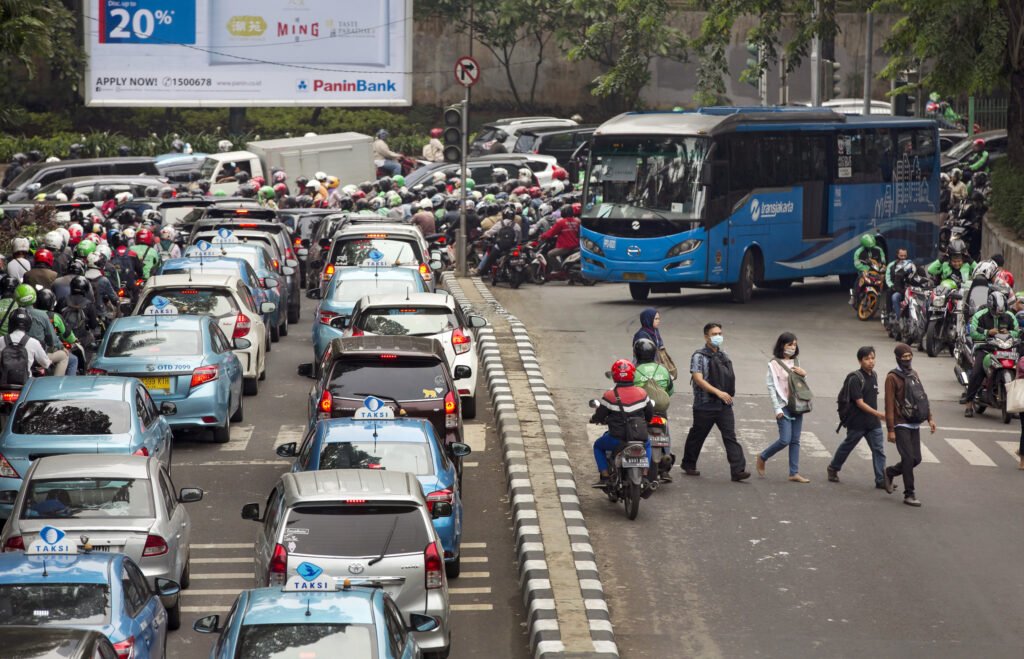Introduced 20 years ago this week, London’s congestion charge got cars off the road and got traffic moving. Its lessons are being heeded around the world.
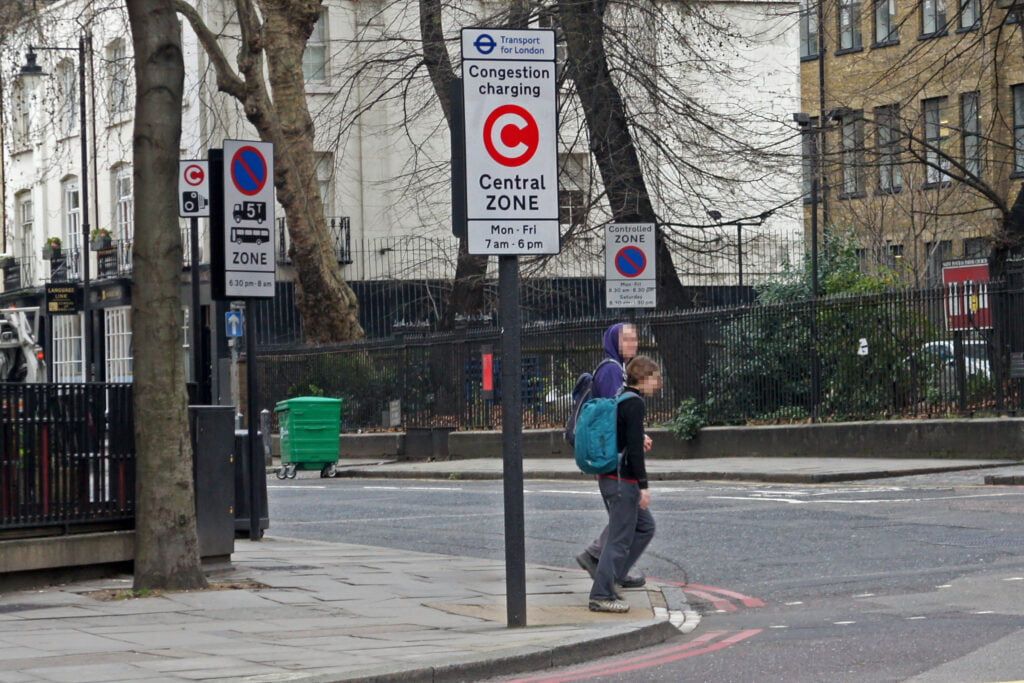 London’s congestion charge has significantly reduced the number of cars jammed in the city centre. : Mario Roberto Duran Ortiz CC 3.0
London’s congestion charge has significantly reduced the number of cars jammed in the city centre. : Mario Roberto Duran Ortiz CC 3.0
Introduced 20 years ago this week, London’s congestion charge got cars off the road and got traffic moving. Its lessons are being heeded around the world.
Twenty years ago, London’s traffic was paralysed. The average time taken to drive across the city was slower than 100 years earlier – before the car was invented. Clearly something needed to change. Mayor Ken Livingstone cast around the world for ideas and, inspired by Singapore, settled upon a congestion charge.
Vehicles would be charged £5 per day to access the most congested zone in the heart of London. On its 20th anniversary, the fee is now £15 per day and London’s congestion charge has been heralded as a success, with vehicle numbers reduced by 33 percent. Milan, Stockholm and Gothenburg have since introduced their own version of the charge.
A 2022 study of various congestion-easing measures in European cities I conducted with Paula Kuss found that a congestion charge was the most effective tool. When weighed up against initiatives such as limited traffic zones, car sharing programmes, and apps, congestion charging was shown to be the best at reducing the overall number of cars in the city centre. Removing parking spots and replacing them with bicycle and pedestrian lanes was the second most effective intervention.
When implementing measures to reduce cars, local government plays a critical role. Of the effective measures introduced, over 75 percent were led by local government, often in collaboration with employers, universities, or transport providers.
Our research also showed a key to effectively reducing traffic is to explicitly pursue driving and parking reductions and restrictions, then use the space freed and the money generated to expand and improve walking, biking and public transport. The revenue from London’s congestion charge was advertised as earmarked for improvements to the bus service.
Indeed, across all car-reducing interventions, a carrot and stick approach is key to success, such as improving buses and bike lanes while simultaneously discouraging car use. Six of the seven most effective car use reduction strategies in our study combined both carrots and sticks.
While cars are sometimes necessary — for deliveries or people with mobility issues — overall, they have a negative effect in a city. People are killed in accidents, vehicles cause pollution and roads take up space that could be better used for housing or cooling green space.
They are also a highly unequal form of travel, with the richest driving the most. In the UK, 60 percent of the lowest-income households have a car, while nearly 90 percent of the highest-income households own at least one car. In Europe, the richest one percent drive nearly four times more than the median driver.
But car travel is heavily subsidised. From the production and distribution of fossil fuels that power them, to the use of public space for roads and parking, to the unpriced pollution that cars create. Essentially, drivers impose high costs on society.
However, congestion charging has long been considered politically risky, perhaps accounting for the relatively few examples of it across the world. London underwent a long period of consultation and modelling before implementing its congestion charge. Other European cities had a city-wide referendum.
City leaders could make the case for bold, fair, healthy, and climate-friendly transport policies in their cities. They could make their case to the large majority of voters who will benefit from such policies, and not let cities be dictated by a small group of the most privileged who may be vocal opponents of making cars pay their fair share.
Kimberly Nicholas is a sustainability scientist at Lund University. She writes the climate advice column We Can Fix It. Her research was supported by the Swedish Research Agency Formas research programme for climate, grant number 2019-02051.
Originally published under Creative Commons by 360info™.


